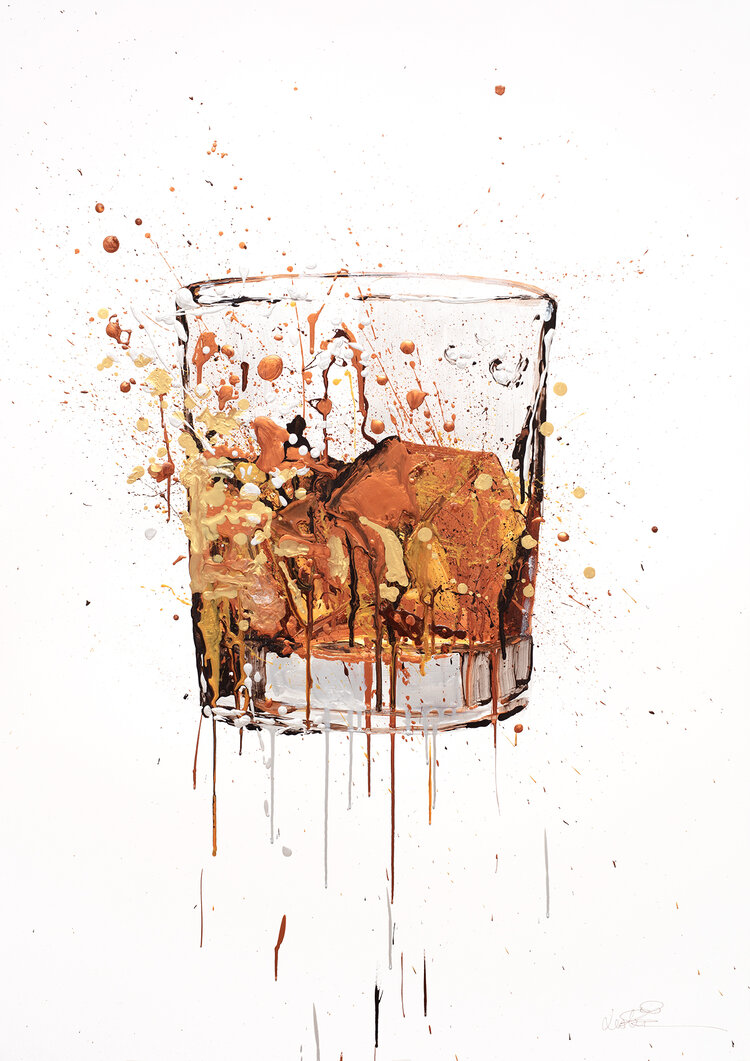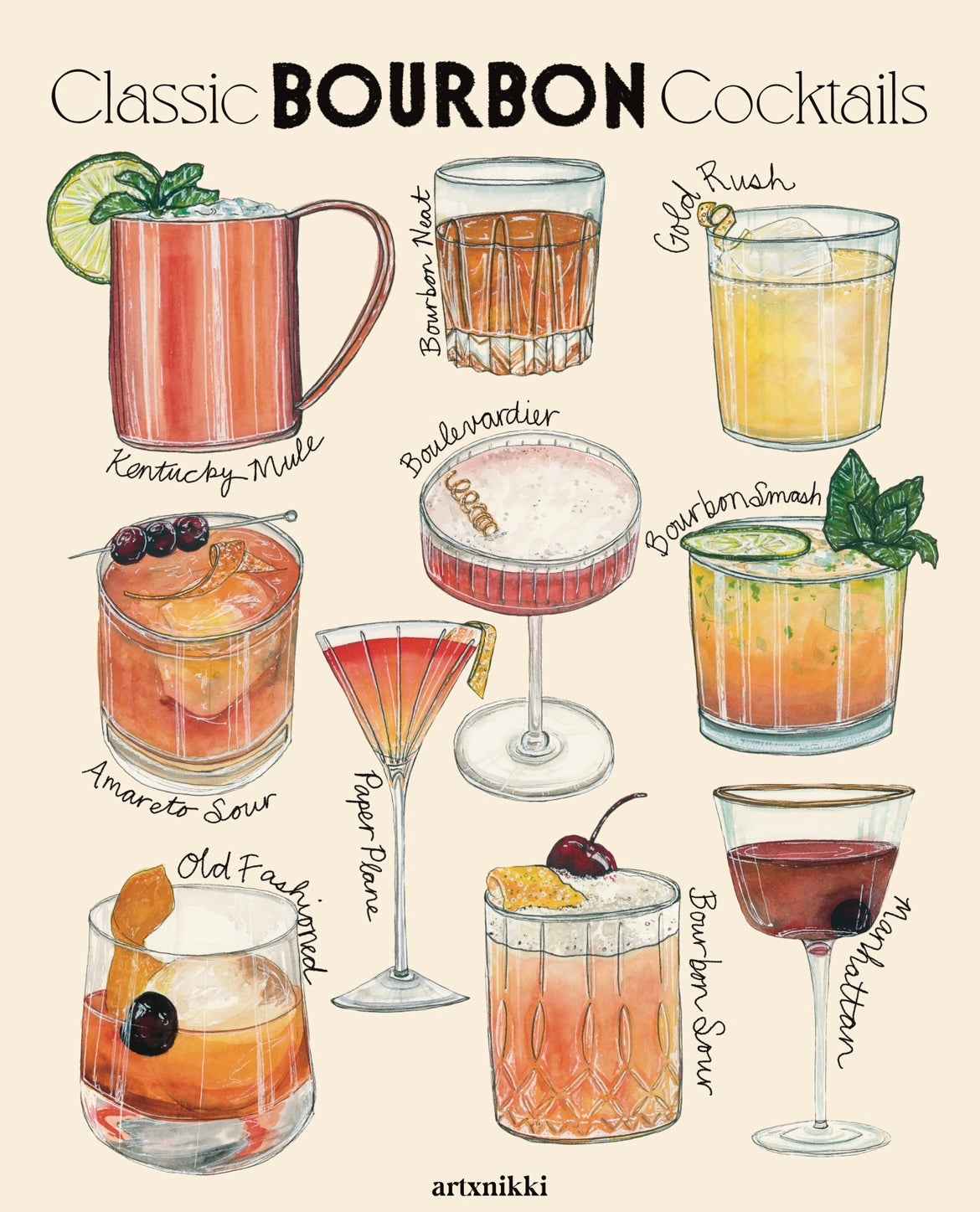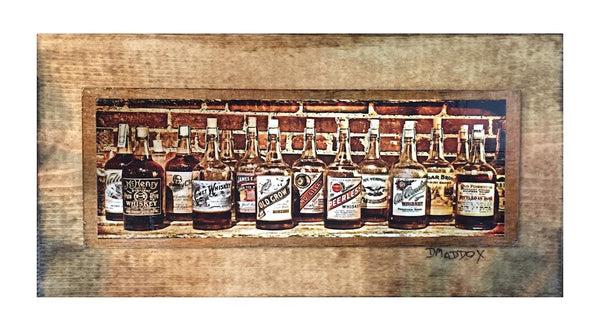Whiskey Art: Catching the Significance of Distillation in Every Brushstroke
Whiskey Art: Catching the Significance of Distillation in Every Brushstroke
Blog Article
The Value of Whiskey Art in Celebrating Heritage and Workmanship in the Beverage Sector
The elaborate connection between scotch art and the celebration of heritage and craftsmanship within the beverage market can not be overstated. Through attentively designed bottles and labels, bourbon brand names encapsulate their historic origins and the artisanal skills that specify their production techniques.
The Historic Roots of Whiskey
At the heart of scotch's attraction exists an abundant tapestry of historic roots that map back to old people. The beginnings of bourbon can be linked to the purification methods of the Sumerians and Babylonians around 2000 BCE, where early forms of fermented grain drinks began to emerge. Nevertheless, it was in the Middle Ages that the art of purification evolved dramatically, particularly in Ireland and Scotland, causing the production of whiskey as we understand it today.
The term "whiskey" itself stems from the Gaelic word "uisce beatha," suggesting "water of life." This expression highlights the social relevance of whiskey in Celtic societies, where it was typically related to routines, events, and public bonding. By the 15th century, purification ended up being an acknowledged craft within monastic areas, leading the way for the establishment of lawful distilleries.
As profession courses broadened, whiskey's appeal expanded, transcending local boundaries and capturing the passion of connoisseurs worldwide. Realism Art. This historic trip reflects not just the craftsmanship behind bourbon production yet additionally its important duty in social and social contexts, noting it as a substantial drink throughout background
Artistic Expression in Branding
Scotch branding stands as an engaging intersection of virtuosity and commerce, where aesthetic identity plays a vital role in shaping consumer assumption. The looks of scotch labels, product packaging, and marketing products reflect not just the brand name's story yet additionally its core worths and heritage. Through creative expression, distilleries share a narrative that reverberates with customers, evoking feelings and stimulating connections.
Using color, typography, and images in branding serves to differentiate items in a saturated market. For instance, standard concepts might stimulate a sense of credibility and craftsmanship, while contemporary layouts can symbolize technology and forward-thinking. This critical artistic direction boosts brand name recognition and loyalty, allowing customers to create an individual connection with the whiskey they pick.
Furthermore, creative expression in branding frequently functions as an event of regional heritage. Distilleries frequently integrate neighborhood symbols or historical references into their designs, creating a feeling of area that welcomes consumers to partake in a broader social experience. Eventually, the creativity behind bourbon branding not just improves visual charm however likewise enhances the general story of the brand name, fostering a much deeper recognition for the craftsmanship and heritage ingrained in each container.
Craftsmanship in Container Layout
The artistry apparent in whiskey branding expands past aesthetic identity to include the workmanship associated with container style. Each container works as a vessel not just for the spirit within, yet additionally for the story it tells about its high quality, tradition, and origin. The style procedure calls for careful attention to detail, as components such as form, closure, and product contribute considerably to the general understanding of the scotch.
Craftsmanship in bottle design includes picking top quality glass that can boost the scotch's shade and clearness, while also supplying a tactile experience for the customer. The shape of the container must be both visually enticing and useful, often reflecting the heritage of the brand. Numerous distilleries select unique shapes or printed logos that evoke a sense of authenticity and background.
Furthermore, the label design and typography play a vital function in communicating the brand's narrative. Bourbon Art. A well-crafted bottle not only astounds the consumer's eye but likewise strengthens the brand name's commitment to high quality and custom. By doing this, the workmanship of bottle design becomes an important facet of the whiskey experience, combining artistry with a profound regard for heritage
Cultural Significance of Whiskey Art
Celebrating tradition and workmanship, the cultural significance of whiskey art goes beyond simple appearances, linking with the historical and social stories of the regions where it originates. Each bottle works as a canvas, depicting the unique stories, mythology, and customs that have shaped regional whiskey-making practices. The elaborate designs often show the heritage of the distillers, incorporating symbols and motifs that reverberate with the society and worths of their areas.

In addition, whiskey art plays a crucial function in communal gatherings and events, acting as a concrete link in between individuals and their shared experiences. By appreciating the virtuosity in whiskey packaging, customers cultivate a much deeper understanding and regard for the craft, eventually enhancing their enjoyment of the drink itself.
Modern Trends in Scotch Discussion
In the last few years, the presentation of scotch has actually evolved to reflect modern tastes and fads while still honoring conventional craftsmanship - Limited Edition. Distilleries are increasingly concentrating on aesthetic elements that boost the overall alcohol consumption experience, connecting the space between heritage and modernity
Cutting-edge container designs have actually emerged, frequently including sustainable products and creative tags that tell compelling stories. Many brand names currently work together with neighborhood artists, instilling their products with one-of-a-kind visual expressions that reverberate with customers. In addition, limited-edition releases are typically packaged in collectible containers, adding worth and appeal for lovers.

Conclusion
In conclusion, whiskey art serves as an important conduit for expressing the heritage and craftsmanship inherent in the beverage sector. Via detailed branding, cutting-edge container styles, and culturally significant creative elements, whiskey brand names properly recognize their customs and connect with consumers.


Workmanship in container layout includes picking top notch glass that can enhance the scotch's shade and clearness, while additionally offering a responsive experience for the consumer. In this method, the workmanship of bottle style comes to be a crucial facet of the bourbon experience, merging creativity with an extensive regard for heritage.
In conclusion, scotch art offers as a vital conduit for sharing the heritage and craftsmanship inherent in the beverage market.
Report this page